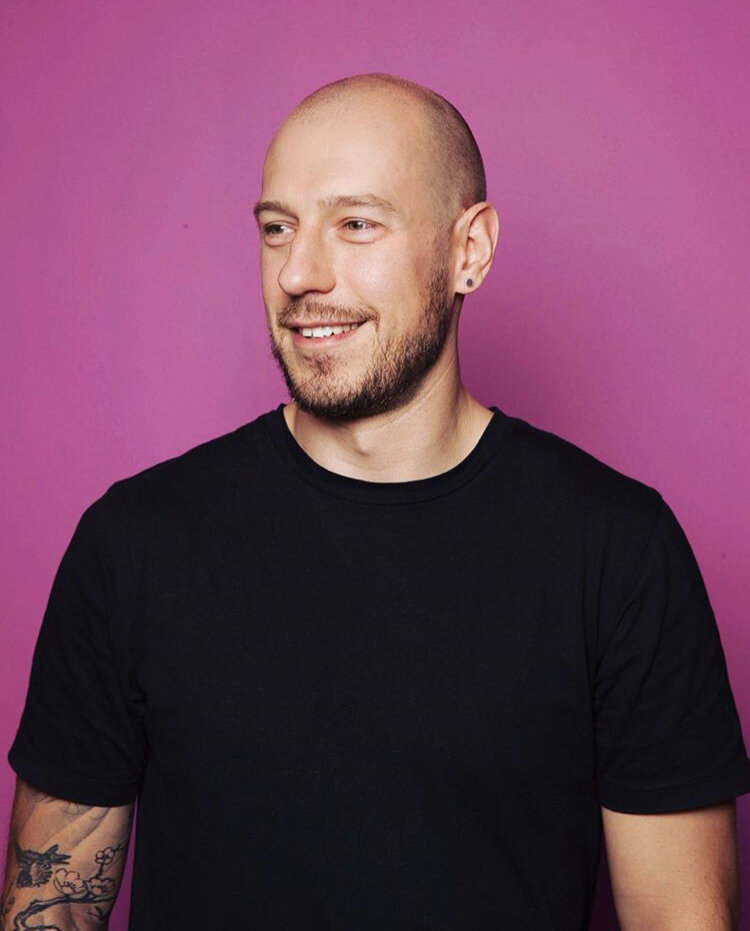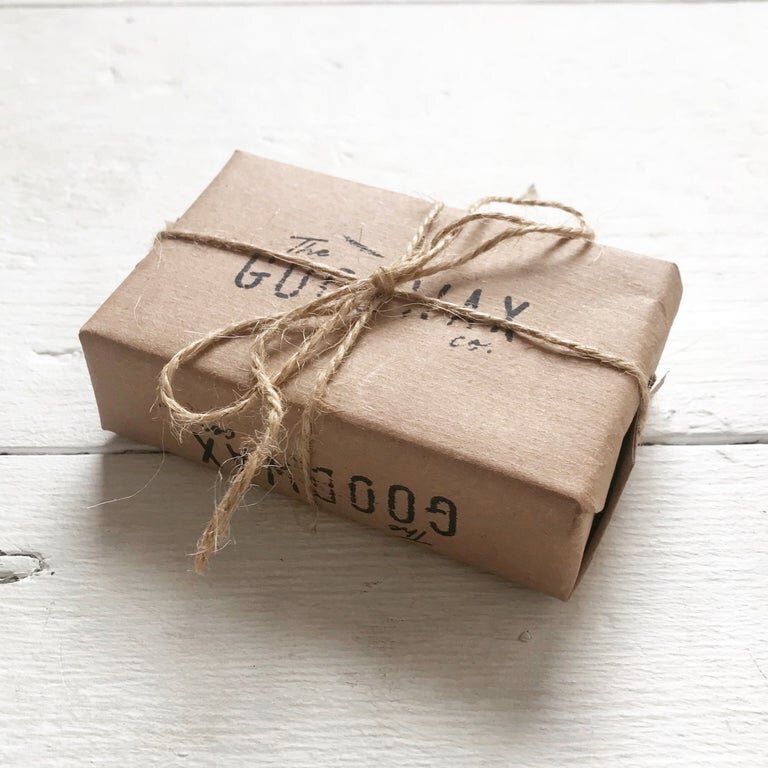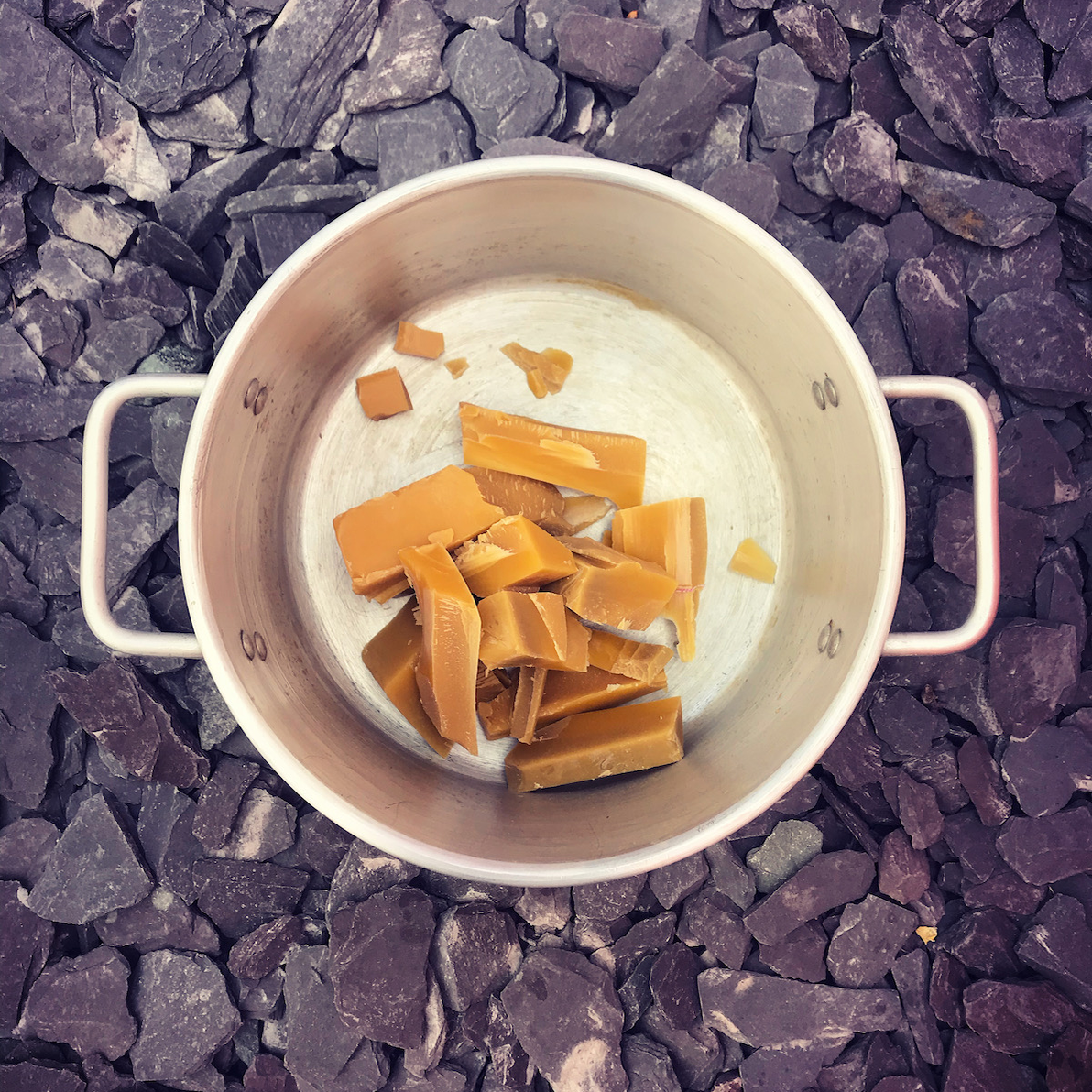Have you ever heard of conventional surf wax being harmful to the oceans? Nah? Time to dive deeper into this topic and get to know an alternative wax that is doing good – for the oceans and you.
So here’s the story of surfpreneurs Rory Palmer-Rowe and his wife Jade who have founded The Good Wax Co. Producing a 100% organic wax the company also donates 10% of its profits for helping to save turtles.
Rory, let’s go back to the beginnings: When was The Good Wax Co. founded?
So, I first validated the idea just before a surf trip to Morocco around March 2019. I then procrastinated for a few months and eventually started the business properly in July 2019.
How did you come up with the idea for the ‘good wax’?
I do a lot of freelance social media management and strategy for music artists but the whole scene was burning me out. It was very ego driven and I was looking for a project that was just my own, where I wouldn’t have to answer to anyone. I started brainstorming products within niches that I myself am a consumer – that way I’d have a better understanding of my potential customers and where to find them. The reason surf wax appealed is because it’s an essential consumable and therefore repeat business should be easier to generate. The charity angle just felt right.
How did you learn that conventional wax is harmful?
It was whilst researching surf wax suppliers that I first started learning about what goes into regular wax. The main ingredient in most non-organic brands is paraffin. This isn’t sustainable. Also, when paraffin is transported around the world and pumped off of ships, there’s tremendous amount of waste and spillage. On top of that, you have the bleaching process that gives most surf wax that off-white colour. This emits dioxins which are pretty carcinogenic. Finally it needs to be solidified which involves another chemical that’s also listed as a carcinogen.
For those of us lucky enough not to have to wear a wetsuit, then you’re lying down on top of all these chemicals and your skin is a membrane which is absorbing it. Then you’ve also got the issue of wax particles coming off your board and entering the ecosystem of the ocean.
How is you wax different from that?
Our eco-friendly surf wax is 100% organic and we hand make each batch at home in Liverpool. This gives us complete control over the quality of the product and allows us to make changes and test ideas.
We use locally sourced, unfiltered beeswax instead of paraffin or soy and no chemical nasties. So we’re supporting beekeepers and in turn bees which are essential for the environment. Plus we’re donating 10% of profits or 1% sales (whichever is bigger) to marine conservation charities. The packaging is all organic and plastic free. The only bit of plastic in the whole process is the mailing bag - this is made using recycled plastic. We have looked at compostable, recyclable and paper options but this made the most sense.
I really like the packaging. What thoughts did flow in there?
Yeah, so many waxes come with that horrible plastic wrapping. So the packaging was a direct response to that. It also means that you can easily wrap the bar back up in between waxes. I have a good friend at work who came up with the logo. The hand stamping is actually a nod to my past life in the music business. Limited edition, hand stamped vinyl was the inspiration.
Does your wax feel anyhow different from conventional ones on the board?
Our goal is to create an eco-friendly wax that rivals the chemical leader, Fu Wax. We’re getting pretty close to that now. Our customer feedback has been that it’s better than Mrs Palmer’s or Sex wax. Some even rate it higher than Sticky-Bumps.
Which were the steps to come up with the final product?
Trial and error mainly, lol! It’s a never ending quest. We’re always playing around with ratios and new ingredients. We don’t sponsor anyone. Instead we have a crew of athletes who we supply with wax in exchange for their detailed feedback.
What do you think: Why are so many surfers still unaware of this fact that most waxes are harmful to them and the ocean?
It’s something that just isn’t talked about. As surfers we have a connection to the ocean and the environment in general. However, our equipment and fondness of travel isn’t eco-friendly. I’m not saying that I’m perfect in any way. I take flights to Morocco and Indo and I drive a 4x4. But I do try and make a contribution in other ways, by using companies and products who are trying to reduce the harm their products cause. We use bamboo toothbrushes, re-usable bags etc. It’s about recognising the issues and then doing what you can.
What were your challenges and obstacles of building and growing your business?
I started The Good Wax Co. with less than £100 and all profits go back into the business. Doing things on a shoestring definitely brings its challenges. Also surf wax companies keep their recipes and ingredients a closely guarded secret. So it was really hard researching ingredients and ratios.
10% of your profits are donated to charities that help save sea turtles. Why are the turtles in particular so important to the team?
My wife and I have some great memories surfing in Indo and being joined by sea turtles in the lineup. She also visited a sea turtle conservation centre in Fiji and cleaned baby turtles. So they’re creatures that are just very close to our hearts.
What are the charities that you’re donating to?
The main charity we donate to is The Olive Ridley Project. They’re from the North of England but they work mainly in the Indian Ocean. I’d rather donate to smaller grassroots charities where our money will go further, rather than some of the larger, more established ones.
Which is the most important channel to promote your product?
Instagram! 100% marketing is about being on the channels where your audience’s attention is. Instagram is such a big part of surf culture now. I’m also looking to explore Youtube influencers. Look at Jamie O’Brian and Nathan Florence. You can get someone to post your product on Instagram but after a day or so that’s it. If you can get someone to make a Youtube video of your product, then that video is on Youtube for life. It’s going to continue to come up when people search.
And which is the most important channel for selling your product?
So the majority of our sales come through our website but we’re looking to expand our wholesale operation.
Can you make a living from The Good Wax Co.?
Hahaha, unfortunately not. I work for a digital marketing agency so the two compliment each other. I get to test marketing tactics with The Good Wax Co. and then apply those learnings in my day job and vice-versa.
What's your advice for other surfpreneurs who are just starting out with their own product?
Think about what pains you as a surfer have and then see if there’s a solution. Then validate your idea as quickly as possible. You don’t want to invest a load of money in creating a product that either no one wants or that no one is prepared to pay for. Asking your friends if they’d buy it doesn’t count. You need to get people to actually part with their cash.
Last but not least: Which is the most underrated surf destination?
My local, Leasowe Bay. It’s super fickle and conditions are rarely great but we’ve got a tight knit crew who keep the froth high.
Rory, thanks for taking the time to answer all of the curious questions & all the best for The Good Wax Co.!
And readers, don’t forget to follow The Good Wax Co. on Instagram and spread the word.
Interviewed by Sophie Krause
Writer and marketeer being addicted to chickpeas, loving everything outdoors (but especially the ocean) and wishing her zodiac sign was turtle. Sophie is collaborating with Surfpreneurs Club as writer to inspire others (and also herself) with the unique & exciting stories of all the great people you will (kind of) meet here.












